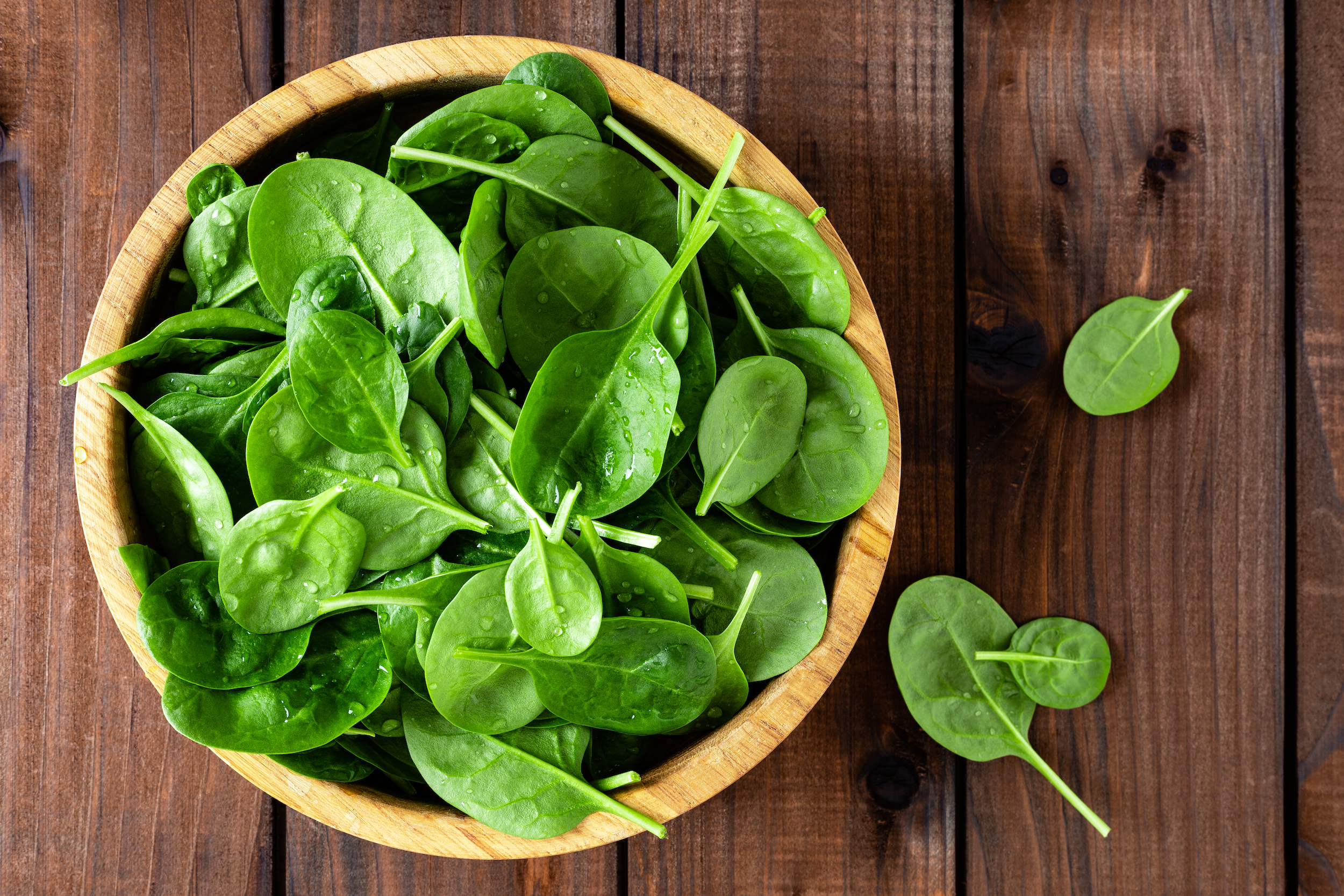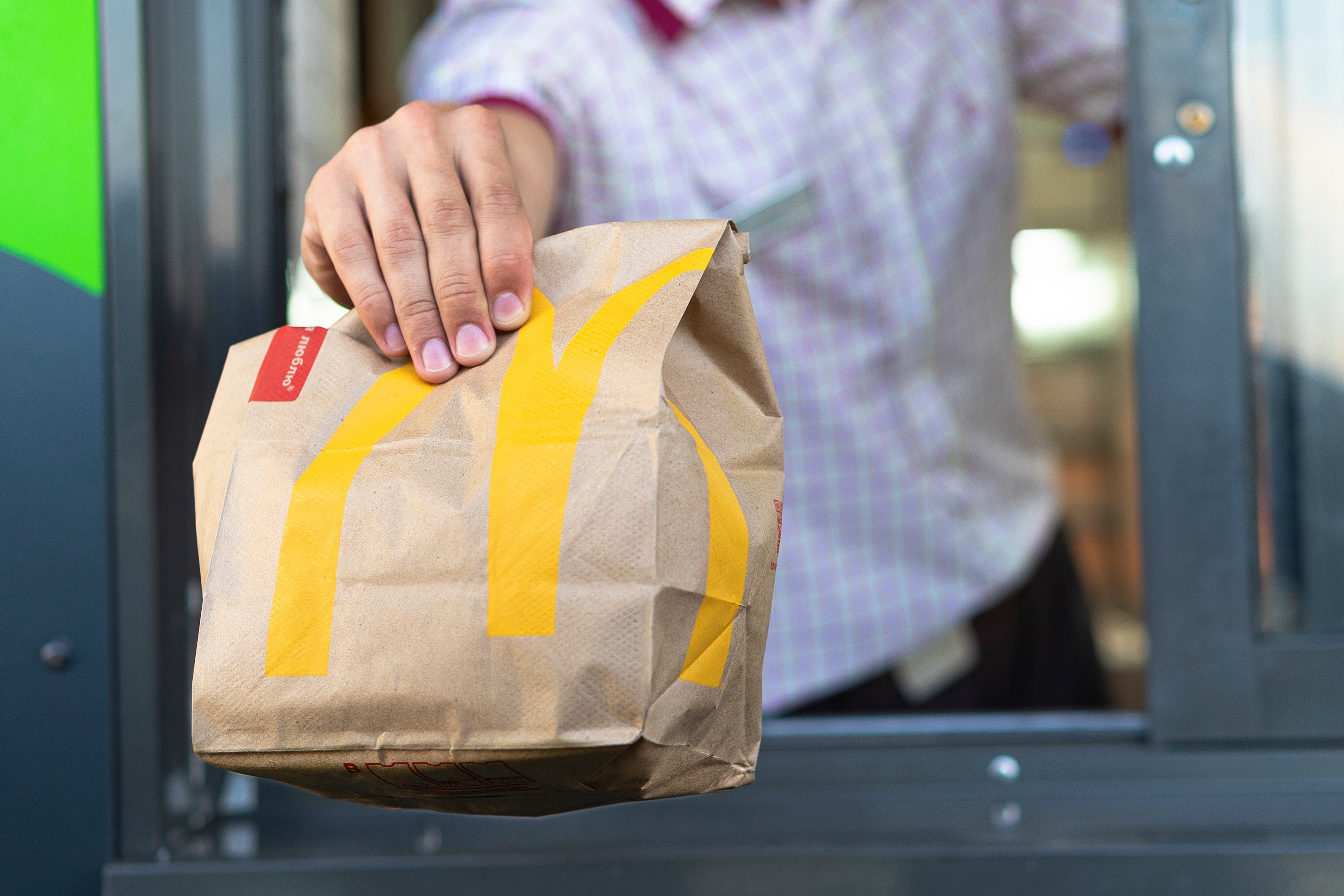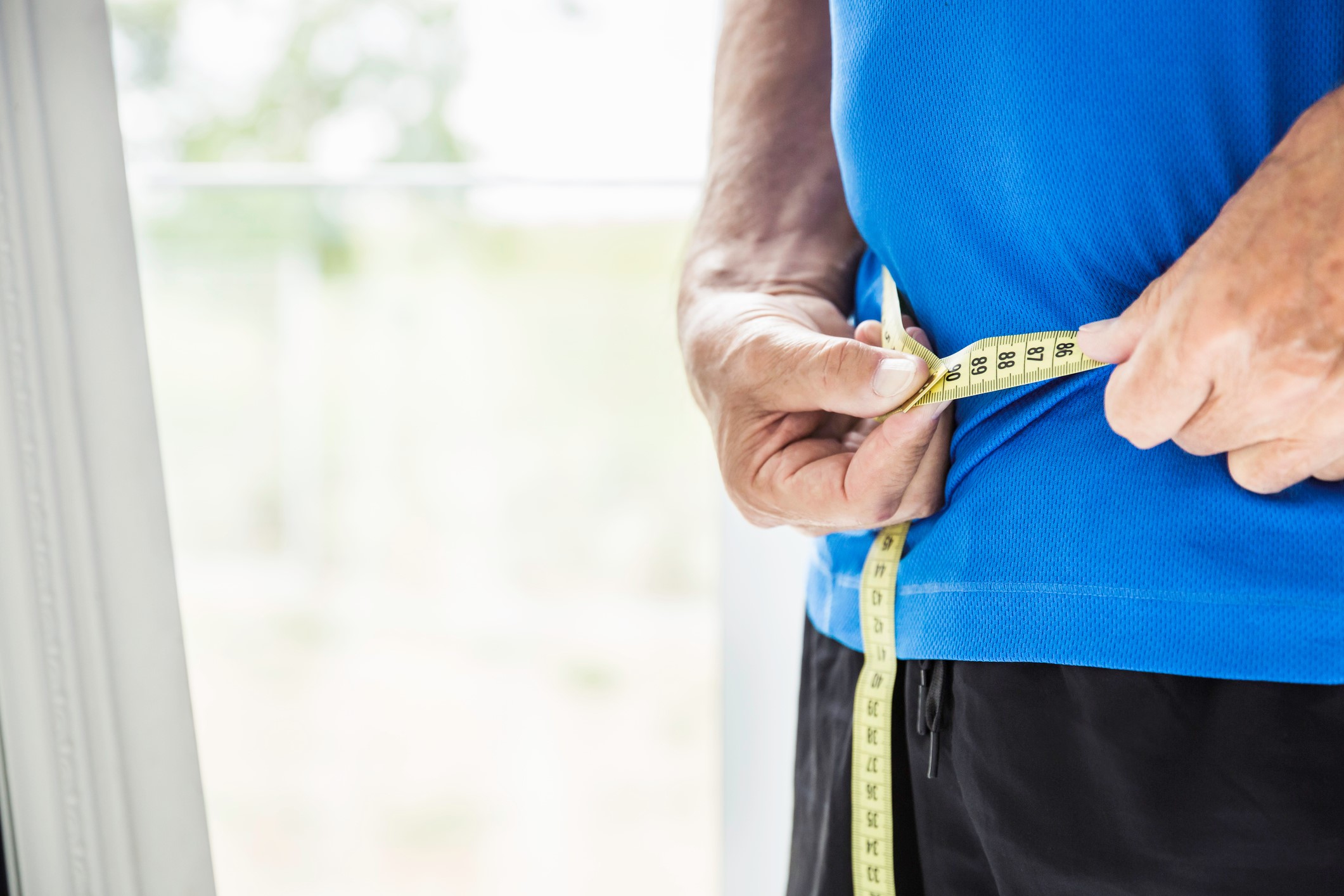Nutrition plays a major role in a successful weight loss journey. With so many weight loss tips and trends out there, it is easy to get overwhelmed or misled. As a personal trainer and nutritionist, many of the clients I work with have turned to overly complicated diet plans and fads in the past, but the truth is focusing on practical, everyday eating habits is what makes a real difference.
In this article, I’ve broken down eight simple yet effective nutrition tips that support healthy weight loss. I have seen these tips work for people time and again when trying to shed extra pounds — and they can work for you, too, if you practice them consistently. Continue reading to learn more!
Stick to calorie and protein goals

When it comes to weight loss, it is important to keep an eye on your daily calorie intake. Creating a calorie deficit, where you burn more calories than you consume (calories in, calories out), is what ultimately brings about fat loss.
However, it is not just about cutting calories; getting enough protein is equally important.
Protein helps preserve muscle during weight loss and also keeps you feeling full and satisfied. To meet your protein needs, include lean meats, eggs, and dairy products in your meals.
Prioritize fiber sources

High-fiber foods aid digestion and contribute to the feeling of satiety because they take longer to digest. Vegetables, fruits, whole grains, nuts, legumes, and seeds are excellent sources of dietary fiber.
Incorporating these into your meals can help control hunger and support weight loss efforts. However, note that you should increase fiber intake gradually and ensure you drink enough water to minimize any potential digestive discomfort.
Identify low-calorie, high-volume foods

Incorporating low-calorie, high-volume foods into your meals is one smart way to fill your stomach and satisfy hunger without too many calories. These foods, often rich in water and fiber, help you stay fuller for longer. Try out leafy greens like spinach, cruciferous veggies like broccoli and cauliflower, and fruits like berries and melon.
Making them a part of your daily routine is quite simple. You can start your meals with a salad or light broth-based soup to help curb your appetite before the main dish. For snacks, try low-sugar popcorn or cucumber slices.
Make zero-calorie beverages your friend

Regular consumption of sugar-filled drinks, like sodas and sweetened teas, adds unnecessary calories to your diet without any nutritional benefits. Choosing zero-calorie options such as water, herbal teas, or black coffee can be a healthier alternative as it will help reduce your daily calorie intake and keep you hydrated.
Artificially sweetened drinks are another option, but you should approach them with caution. While they offer a sweet taste without the calories of sugar, a recent study published in Nature Metabolism shows that they might not be quite as effective for weight loss because they may stimulate appetite, causing you to eat more food in the long run.
Plan out the next 24 hours

Planning your meals 24 hours ahead can make a big difference in your weight loss journey.
It helps you establish a routine, control your portions, and build healthier eating habits over time. Also, you are more likely to have a balanced mix of macronutrients and essential vitamins and minerals when you plan ahead.
This balance helps keep your energy up and supports your metabolism. Plus, it takes the pressure off during busy days; you won’t have to skip meals or resort to processed foods that can derail your progress.
Meal prep how you can

Setting aside time to plan and prepare meals in advance can help make your weight loss journey easier. A PubMed study concluded that “Meal planning was associated with a healthier diet and less obesity.”
Additionally, you would save time and money because your shopping would be in bulk. You can always choose a day in a week that works best for you to plan your menu and prep your meals. It doesn’t have to be complicated either; it could be as simple as chopping vegetables or cooking grains ahead of time.
Have go-to fast-food options

Cooking at home is ideal, but there are times when fast food is the only option available to you. Yes, heavily processed foods may interfere with your weight loss. However, if you familiarize yourself with the healthier options at your favorite fast-food restaurants, you can make better decisions when ordering.
Choose grilled items over fried ones, opt for salads and fruits instead of fries as sides, and be mindful of portion sizes — go for small or medium instead of large. A good example is choosing a grilled chicken sandwich over a fried chicken sandwich. Simple swaps like this help you enjoy fast food without compromising your health or goals.
Have a strategy in place for vacations

Vacations often involve indulgent meals and unpredictable schedules, which would make it harder to stick to your weight loss goals. However, planning ahead can help you enjoy your vacation while staying on track with your goals. Start by setting realistic expectations. For example, rather than aiming to lose weight, focus on maintaining your current weight.
Research restaurant menus ahead of time and pack healthy high-protein snacks like nuts to help you avoid impulsive, less nutritious choices. Staying active also helps; try to include physical activities like walking, swimming, or hiking to balance out the extra calories.
Frequently asked questions

How can I lose weight in seven days naturally?
If you are looking to lose weight naturally in a week, the goal should be a healthy reset and not a drastic change. You will make some progress by focusing on what you eat, staying active, and drinking plenty of water. Cut back on processed foods, sugary drinks, and excess salt. Instead, fill your plate with whole foods, veggies, lean proteins, fruits, and whole grains.
What is the 30 30 30 rule for weight loss?
The 30-30-30 rule involves having 30 grams of protein within 30 minutes of waking up and then doing 30 minutes of light exercise. The idea is to kickstart your metabolism and support fat loss by starting your day with protein and some movement. Some people find it helpful, but like any routine, it depends on what works for you.
How can I lose 20 pounds in a month?
Losing 20 pounds in a month requires a significant calorie deficit. However, losing weight that fast may not be safe or sustainable. It is better to aim for a slower, steady loss of one to two pounds a week. Building healthy habits, like eating mindfully, exercising regularly, drinking plenty of water, and getting enough sleep, can help keep the weight off in the long run.




